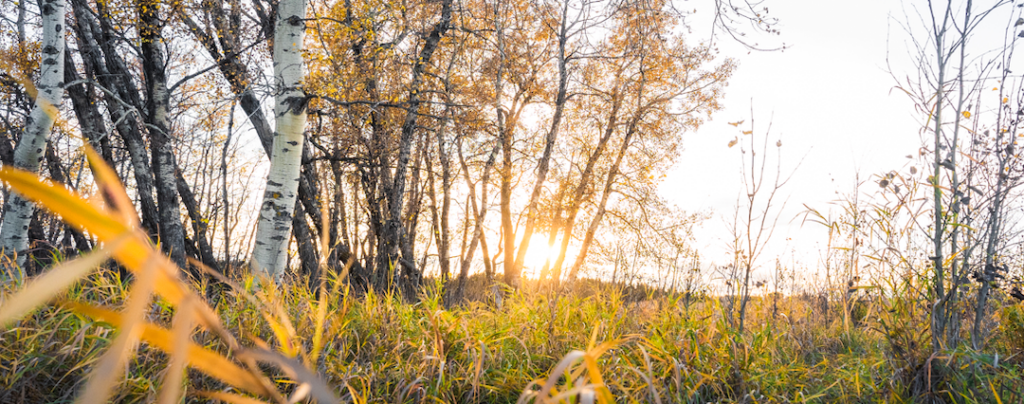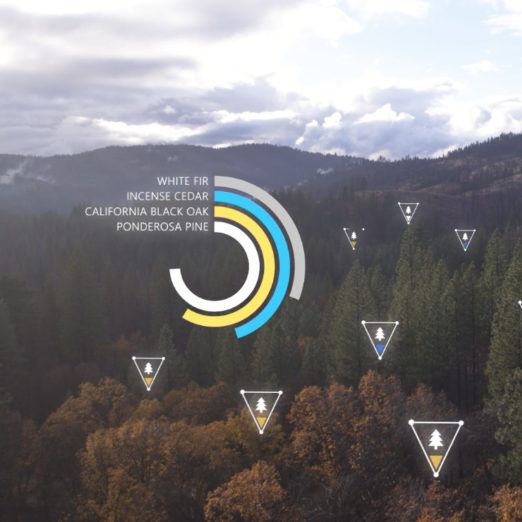Welcome to the last part of my four part blog series on emissions management. Today, I’ll present you with what Wild + Pine is doing right here in our own backyard, and explain how Canada and Alberta specifically are positioned to take on a global leadership role in climate action. To review, greenhouse gas emissions from human activity have and continue to exceed the planet’s natural threshold for managing them. That means we are responsible to start managing our own emissions. One of the best ways of doing so is engaging with projects that remove carbon from the atmosphere. Further, one of the most effective ways of removing carbon is through nature-based pathways that utilize the effectiveness of natural systems to remove and store carbon. Read Part 1 here, Part 2 here, and Part 3 here.
—
My childhood was spent in Calgary before moving to Michigan in 2004. I don’t think I need to get into the pros and cons of living in the US, but let’s just say I always felt drawn back to Alberta. In 2014 with a Biosystems Engineering degree in my pocket, I was keen to move back and fight the good fight against the big bad oil and gas (O&G) companies… that was until I got here and immediately took a job with a company that supported thermal well design and construction in upstream oil & gas. Working there is when I realized that it isn’t a fight against O&G but a necessary collaboration and cooperation.
You may not realize it, but Alberta is home to some of the harshest environments on the planet. The conditions faced in Alberta have created many challenges for industry and economic development, forcing the Albertan workforce to develop a unique ability to innovate. I saw this firsthand during my time in O&G, working with the most talented group of engineers and inventors I’ve ever met. To date, much of that innovation has been directed towards the energy industry, but the capacity to think differently and innovate makes Alberta a proving ground for new approaches to global problems.

Landscape fragmentation in western Alberta (Google Earth, 2022 imagery)
Alberta is a fractured landscape, both literally and figuratively. It is in a constant balancing act between economic prosperity from the energy sector, the agricultural community’s ability to meet the needs of the public, and reconciliation with the indigenous peoples on whose land we are guests. All in a physical setting full of linear disturbances, abandoned wells, and fragmented habitats. Introducing climate action to this mix is often viewed as divisive, but we believe it presents an opportunity to unify the needs and interests of the province toward a more prosperous future.
—
StoneWoods™ Forest Carbon
Oil isn’t necessarily the most valuable resource Alberta has to offer, we also have a lot of open space. Combine our land mass with strong environmental policy, regulatory governance, and ingenuity, and you have an ecosystem for powerful climate action.
Enter StoneWoods Forest Carbon.
It is in this ecosystem that Wild + Pine is developing our first nature-based carbon capture project. With a decade of experience in environmental restoration and a rapidly scalable/deployable supply chain of seedlings grown within our Bioprism Advanced Vertical Greenhouses, Wild + Pine is uniquely positioned to establish new forested landscapes and support the management and healthy maturity of existing forested landscapes here in Western Canada. Our approach is landscape scale restoration, meaning that we restore the land back to its natural habitat, re-establishing biodiversity and the ecosystem’s organic capacity to store carbon. Is this the most economic and optimized approach to carbon capture in the short-term? No. But biodiversity matters too (see part 3) and thinking short-term landed our planet where it is today.

StoneWoods will be identifying otherwise unused/marginal pieces of land to deploy afforestation, reforestation, and improved forest management methodologies to create carbon sinks across the western canadian landscape.
Probably worth providing a few quick definitions:
- Afforestation – Reconstructing areas of the natural land base that were forested before human development. The key behind afforestation is to create new forested landscapes where there had been none previously, at least for the past few decades.
- Reforestation – Planting trees in a forested landscape where the number of trees has been decreasing or in an area which has had many of its trees removed in the recent past.
- Improved Forest Management – Additive interventions that aid the progression of a forest to an advanced successional stage that is more characteristic of what the forest ecology would look like in the absence of surrounding anthropogenic impacts.
These new habitats will be aggregated and registered under the StoneWoods name on the Verra Carbon Registry (which utilizes a suite of methodologies that together make up the Verified Carbon Standard), and once restoration activities are complete, these habitats will be moved into conservation with one of our partners such as the Nature Conservancy of Canada.
Wild + Pine’s goal is to leverage this voluntary carbon market to finance the project. Meaning, we will be removing emissions on behalf of others. We are relying on the leadership of individuals, organizations, and municipalities who are seeking to do better for the planet. But the market is not all about money – it also provides a critical infrastructure to ensure transparency and accountability (see part 2).
—
Made in Canada/Alberta
We see bold leadership everyday in our Country with many organizations putting their money where their mouth is and taking steps towards a livable future, but much of this money is leaving our borders. StoneWoods is a domestic solution that strongly supports the maturing Canadian economy while adding significant natural value to our own home region.

Restoration site in central Alberta (Wild + Pine, 2021)
The name StoneWoods comes from Alberta’s provincial stone – petrified wood. After thousands of years, the organic material in trees will mineralize and result in a stone. That is our goal, for every forest we plant to never be cut down, only to reach the end of its life when it turns to stone. StoneWoods is our symbolic representation of the legacy we want to leave behind.
It means the world to me that I have the opportunity to be engaged with and learn about the world of sustainability and climate action. If the story of StoneWoods resonates with you, I would encourage you to get in touch with me to talk about how you can participate. If you just need help sorting through the noise as you try to figure out your sustainability strategy, I am happy to work through it with you.
Thanks for following along, TTYL
– Dave






